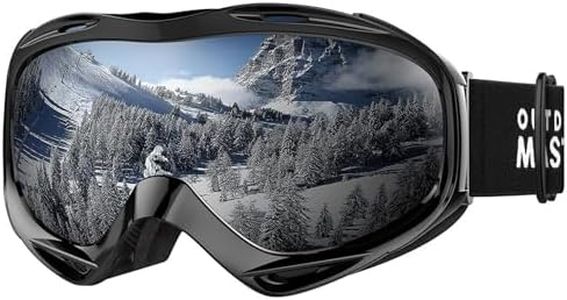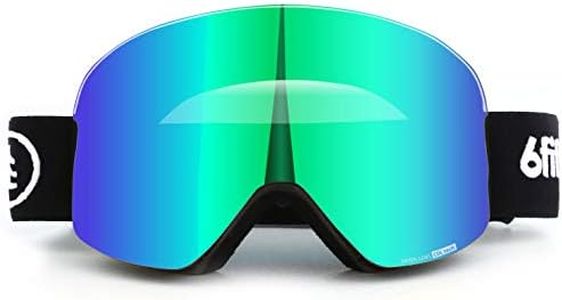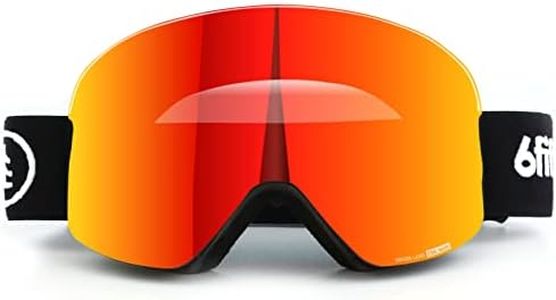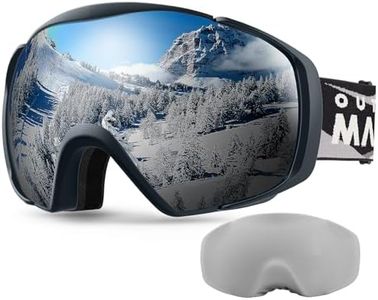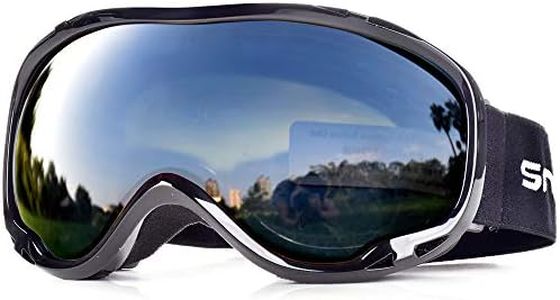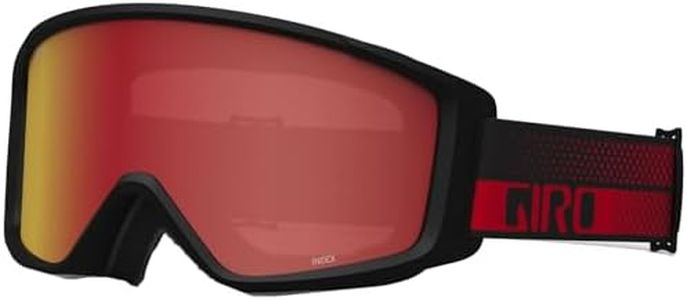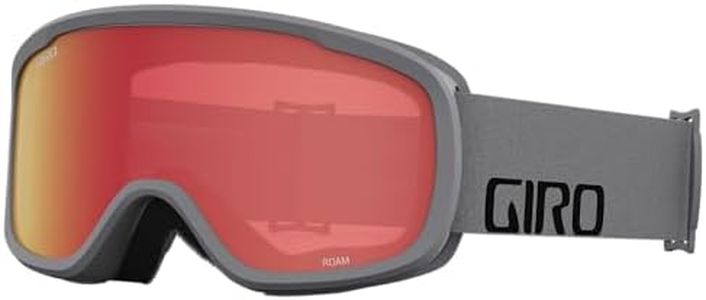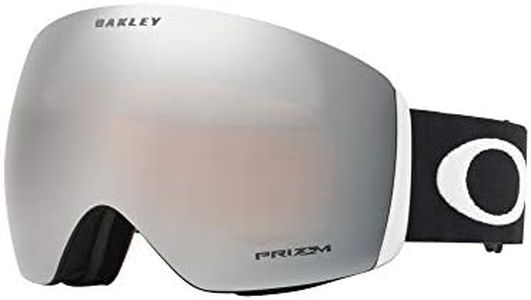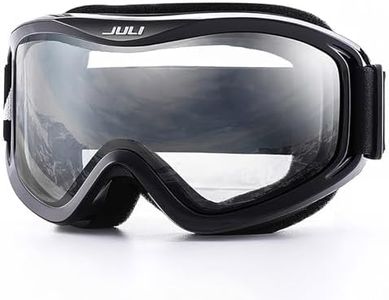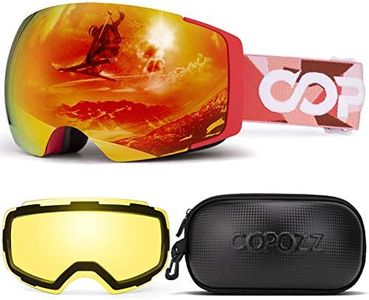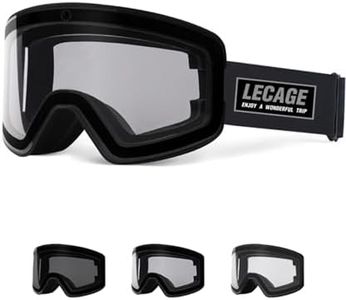We Use CookiesWe use cookies to enhance the security, performance,
functionality and for analytical and promotional activities. By continuing to browse this site you
are agreeing to our privacy policy
10 Best Otg Ski Goggle
From leading brands and best sellers available on the web.Buying Guide for the Best Otg Ski Goggle
Choosing the right OTG (Over-The-Glasses) ski goggle can make your skiing or snowboarding experience much more comfortable and enjoyable, especially if you wear prescription glasses. OTG goggles are designed to fit comfortably over your glasses without squeezing or fogging them up. It’s important to focus on the key specifications to ensure you get goggles that meet your vision needs while also offering quality protection and clarity in different weather conditions.OTG CompatibilityOTG compatibility refers to the design of the goggles that allows you to comfortably wear them over your regular glasses. This feature typically means a larger frame, special notches or cutouts in the foam, and extra space inside. If you wear glasses, make sure the OTG feature is clearly stated, and look for reviews or guides on fit. For people with larger or wider glasses, seek out goggles with a roomier fit or flexible frame. If you don’t wear glasses, this spec isn’t necessary.
Lens Type and TintLens type and tint determine how well you’ll see in different weather and light conditions. Lenses can be spherical (more curved, giving better peripheral vision and less distortion) or cylindrical (flatter, which are usually less expensive). Tint affects how much light the lens allows through; darker tints are better for bright, sunny days, while lighter or yellow tints are good for cloudy or low-light conditions. If you usually ski in bright conditions, choose a darker lens. For variable weather, consider goggles with interchangeable lenses or a tint that works well in several lighting environments.
Anti-Fog FeaturesAnti-fog technology is important for keeping your vision clear, especially since wearing glasses increases the chances of fogging. Features include double-layer lenses, anti-fog coatings, and well-designed ventilation systems. Good anti-fogging is essential if you often ski in humid, wet, or rapidly changing temperatures. If fog is a frequent annoyance for you, look for models that are praised for their anti-fog design and that provide excellent airflow.
Frame Size and FitFrame size and fit can dramatically affect comfort, especially when wearing glasses underneath. Frames come in small, medium, and large sizes, and you should match the frame size to the size of your face and glasses. Some goggles also feature adjustable nose bridges or foam layers that conform to your face. Try to find ones that don’t pinch your glasses or leave gaps; if possible, try on goggles with your glasses to ensure a good fit.
Helmet CompatibilityHelmet compatibility means the goggles fit well with your ski helmet without leaving gaps at the forehead or sides. Most modern goggles are designed to work with helmets, but the fit can vary. Make sure the strap is adjustable and long enough to go around your helmet, and consider the shape of your helmet and goggle combination. Testing them together is best to guarantee a seamless fit, especially for all-day comfort and warmth.
VentilationGood ventilation helps prevent both your goggles and the glasses underneath from fogging. Vents are usually present at the top, bottom, or sides of the goggles. Better airflow means less fog, but it can sometimes let in cold air, so balance is key. If you ski in warm conditions, more ventilation can help; for very cold conditions, moderate venting that won’t chill your face is usually better.
